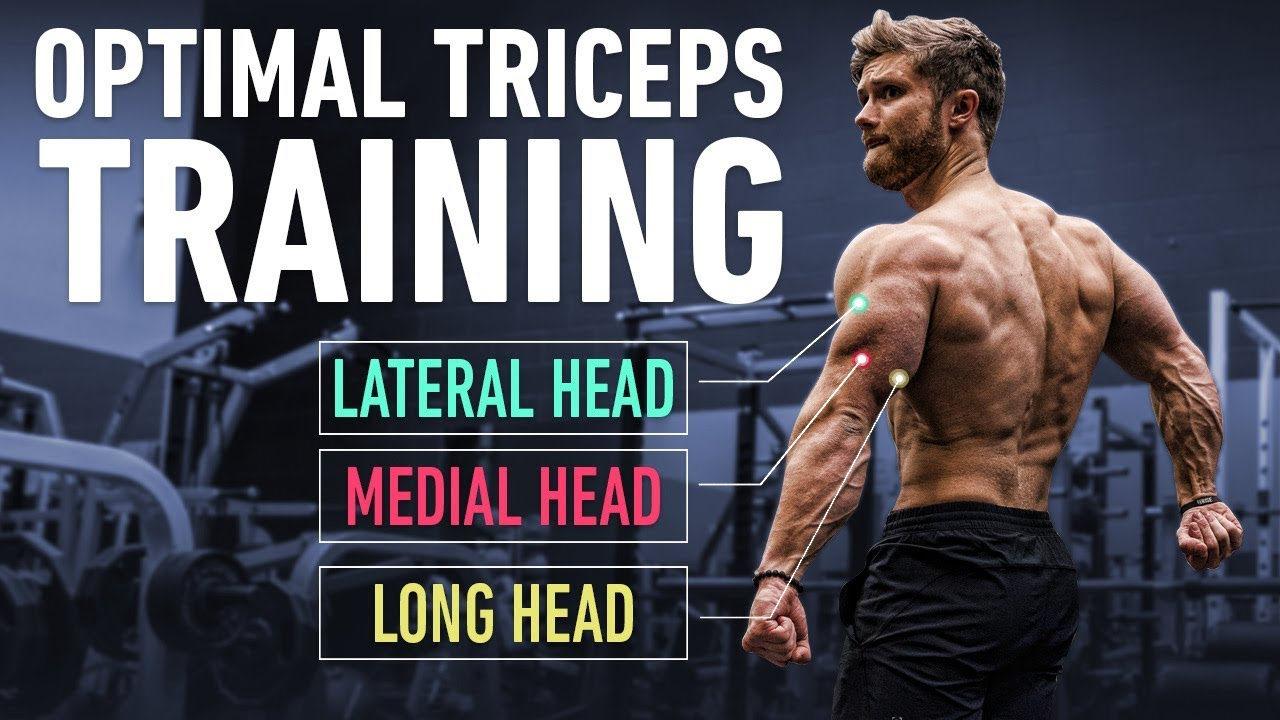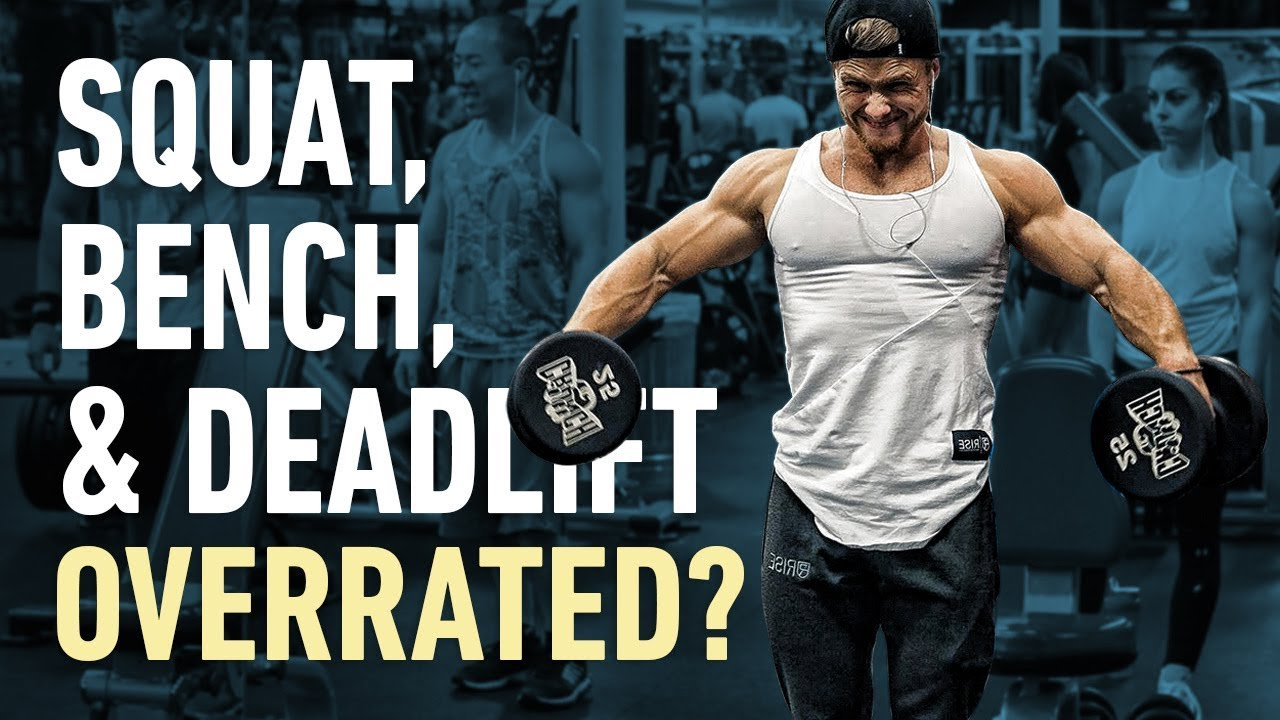If you’re serious about growing bigger, stronger arms, you can’t neglect the triceps. Making up roughly two-thirds of your upper arm mass, well-developed triceps are key for impressive arm size and pressing strength. One of the most effective exercises for targeting all three triceps heads is the skull crusher, a classic bodybuilding movement that emphasizes the long head—crucial for arm thickness and shape.
This guide breaks down the anatomy behind the movement, explains why the skull crusher is so effective, and provides step-by-step instructions for perfect form. We’ll also discuss common mistakes, variations, and how to program it for optimal growth.
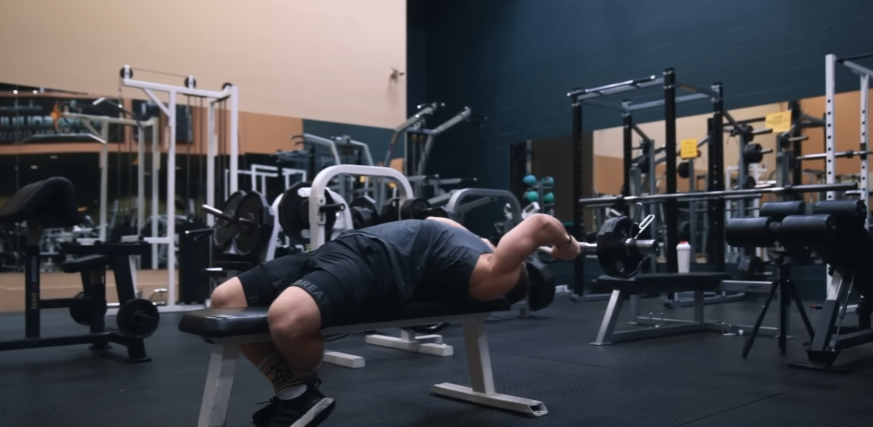
Understanding Triceps Anatomy
The triceps brachii consists of three distinct heads:
- Lateral Head – The outer portion, contributing to the horseshoe shape of the triceps.
- Medial Head – Located underneath, it provides thickness and supports elbow stability.
- Long Head – The largest head, running along the inner arm. It significantly enhances arm size, especially visible from the back and during poses.
While all three heads share the primary function of elbow extension, the long head is unique because it crosses both the shoulder and elbow joints. This means it assists in shoulder extension as well. That’s why exercises where your arms are overhead—like skull crushers—are particularly effective at placing the long head under stretch, stimulating greater muscle growth.
Research by Dr. Brad Schoenfeld highlights that training muscles in a stretched position often leads to superior hypertrophy. For the triceps, keeping your arms near 90 degrees of shoulder flexion (as in skull crushers) is an ideal way to maximize long-head activation.
Why Skull Crushers Are So Effective
The skull crusher places the triceps in a stretched position while keeping constant tension throughout the range of motion. Unlike tricep press-downs, which work the muscle in a shortened position, skull crushers challenge the long head more effectively due to the overhead arm angle.
To fully develop your triceps, it’s smart to include exercises targeting the muscle at different angles:
- Overhead position (long head focus): Skull crushers, overhead extensions
- Arms by your sides (lateral & medial head focus): Cable or band press-downs
- Arms behind your body (long head in shortened position): Kickbacks or dips
This combination ensures balanced triceps growth and improved arm aesthetics.
How to Perform the Skull Crusher Correctly
1. Choosing the Right Equipment
- EZ Bar (Recommended): The semi-pronated grip reduces wrist stress, making it more comfortable for most lifters.
- Straight Bar: Can be used, but places more strain on the wrists and elbows.
- Dumbbells: A great alternative if you need independent arm movement to correct imbalances.
2. Setting Up Properly
- Load a moderate weight that allows for 8–20 controlled reps. Going too heavy increases elbow stress and encourages poor form.
- Lie flat on a bench, positioning your head slightly off the edge so the bar clears your face easily.
- Retract and depress your shoulder blades to stabilize the upper body.
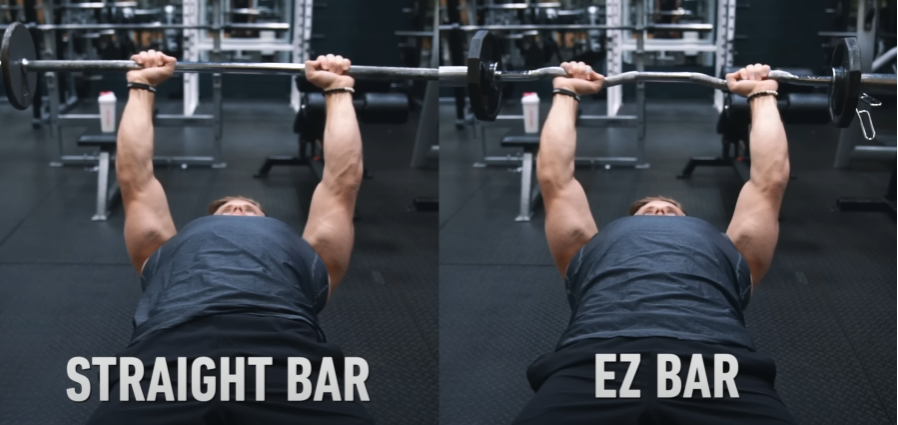
3. The Perfect Range of Motion
- Starting Position:
Hold the bar directly above your shoulders with a slight bend in your elbows to keep constant tension on the triceps. - Eccentric Phase (Lowering):
- Lower the bar in an arc-like motion behind your head, not straight to your forehead.
- Aim for your forearms to lightly touch your biceps at the bottom.
- Keep your elbows fixed in place without excessive flaring.
- Concentric Phase (Lifting):
- Extend your elbows to push the bar back up and slightly forward, returning to the starting position.
- Focus on squeezing the triceps hard at the top, but don’t lock out completely to maintain tension.
Common Skull Crusher Mistake
1. Dropping the Bar Straight to the Forehead
This reduces torque on the elbow joint, shifting tension away from the triceps and increasing the risk of elbow pain.
2. Allowing the Shoulders to Move
Excessive shoulder movement recruits the chest and lats, reducing triceps involvement. Keep your upper arms stationary throughout the set.
3. Going Too Heavy
Chasing ego lifts often leads to flared elbows, poor range of motion, and joint stress. Prioritize control over load.
4. Inconsistent Range of Motion
Cutting reps short or changing depth each set limits progressive overload. If you struggle with consistency, consider floor skull crushers.
Skull Crusher Variations and When to Use Them
1. Floor Skull Crushers
- Limit range of motion to prevent excessive elbow strain.
- Allows slightly heavier loading since the bar stops at the floor each rep.
- Ideal for those with elbow discomfort or stability issues.
2. Dumbbell Skull Crushers
- Each arm works independently, helping fix strength imbalances.
- Greater freedom of rotation can reduce joint discomfort.
3. Cable or Band Skull Crushers
- Provide constant tension throughout the entire movement.
- Easier on the elbows, making them a good option for high-rep finishing sets.
Programming Skull Crushers for Maximum Growth
- Reps & Sets: 3–4 sets of 8–15 reps work best for hypertrophy. Higher reps (15–20) can be used with lighter weight for joint-friendly volume.
- Tempo: Lower the weight slowly (2–3 seconds) to maximize time under tension and control.
- Placement in Workout: Include skull crushers after compound pressing exercises like bench press or dips.
For overall triceps development, pair skull crushers with press-downs and kickbacks to train all three heads at different muscle lengths.
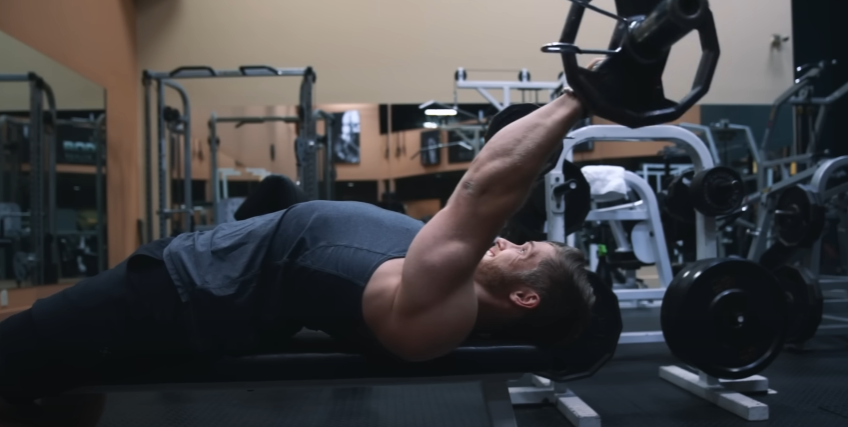
Elbow Health Tips
Skull crushers are highly effective but can be tough on the elbows if done incorrectly. Here are some tips to keep your joints healthy:
- Warm up thoroughly with lighter triceps pushdowns before heavy skull crushers.
- Stick to moderate weights, avoiding maximal effort singles or doubles.
- Use the EZ bar or dumbbells if straight bars cause discomfort.
- If pain persists, switch to cable overhead extensions, which are gentler on the joints.
The Bottom Line
The skull crusher is one of the best exercises for building thick, powerful triceps, especially targeting the long head for maximum arm size. By using proper form, choosing the right variation, and incorporating it into a well-rounded triceps routine, you can develop stronger arms while minimizing joint strain.


